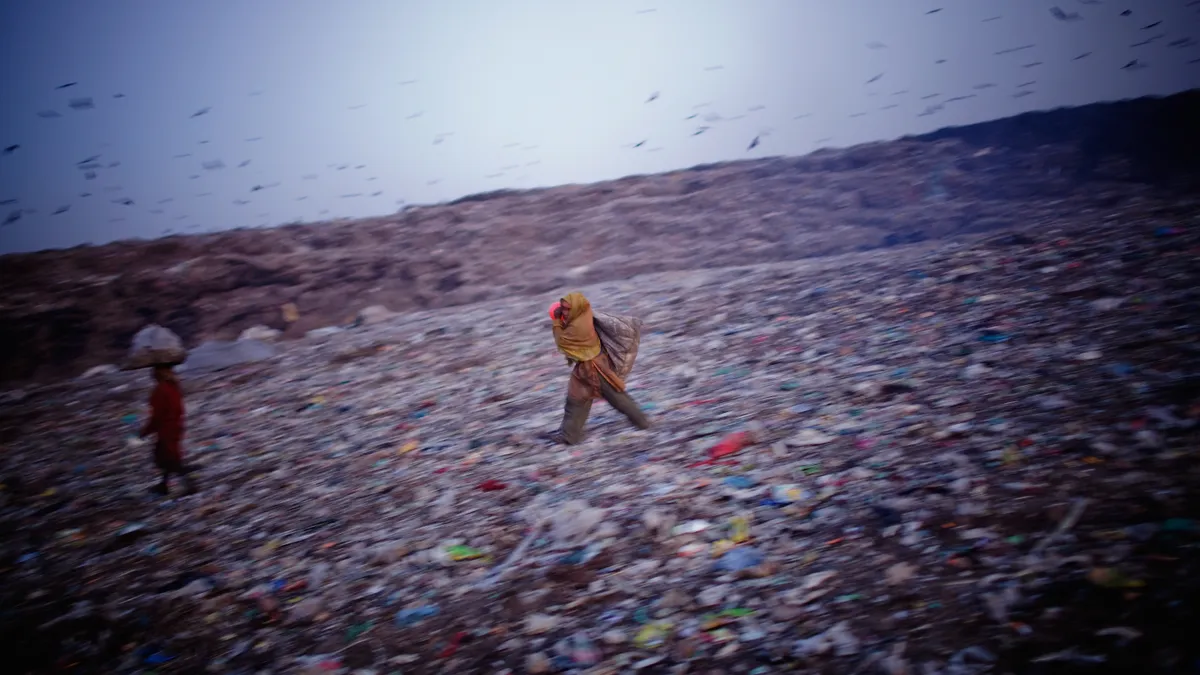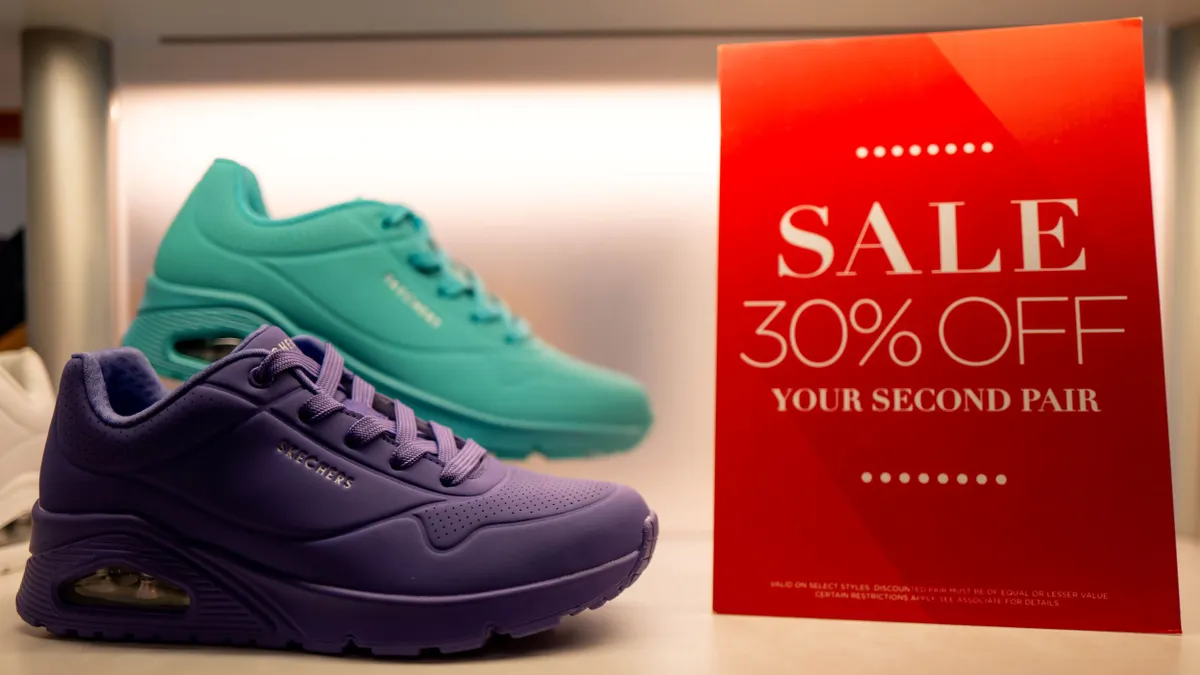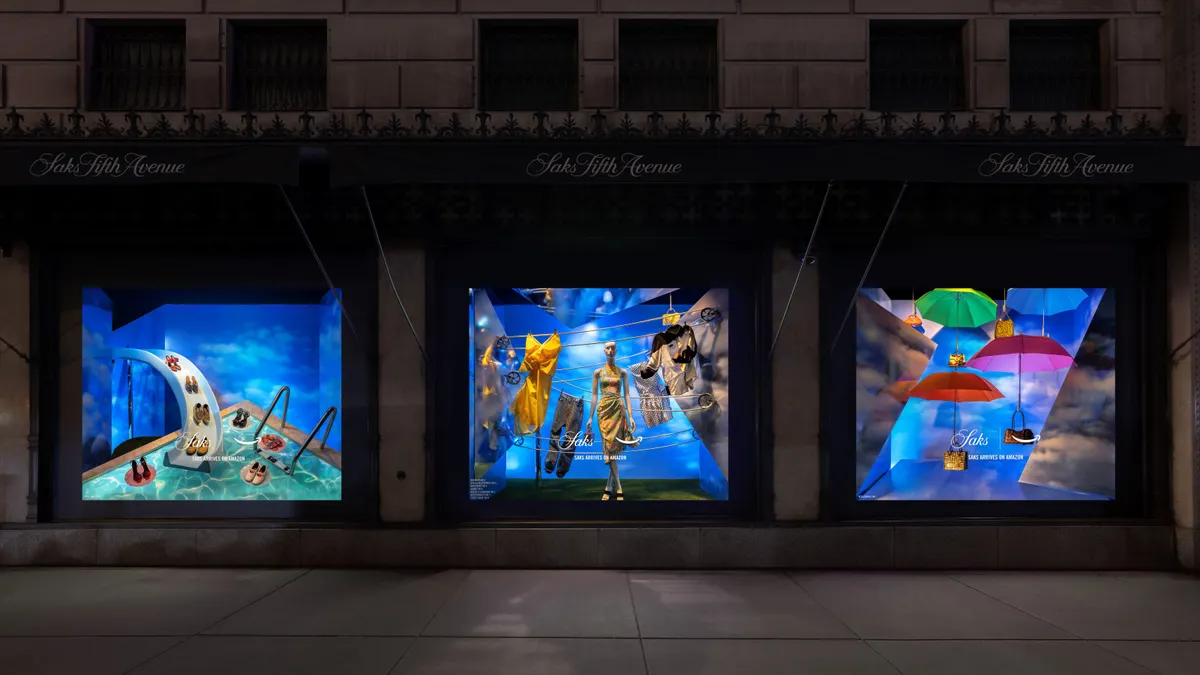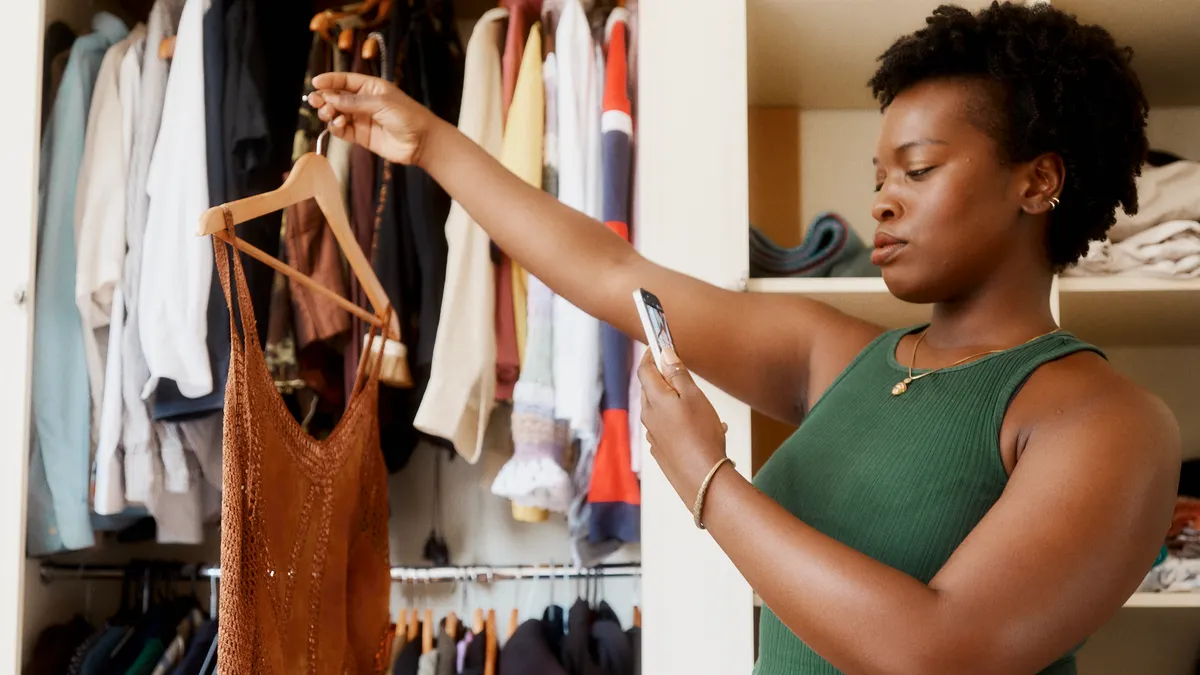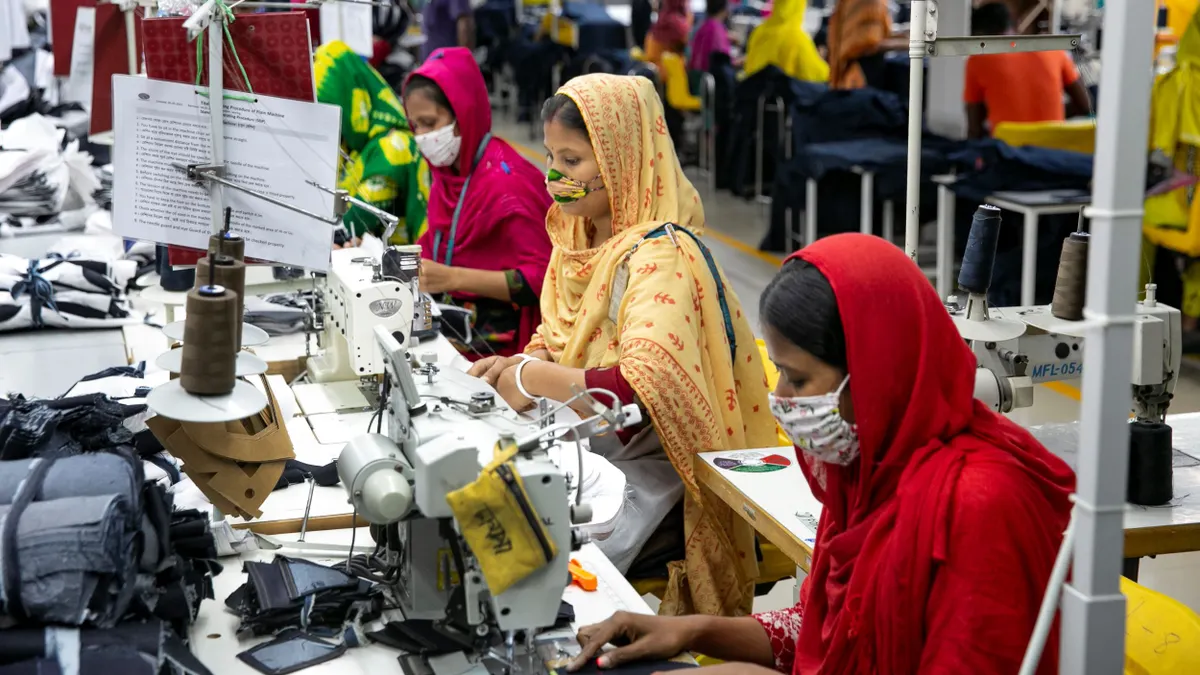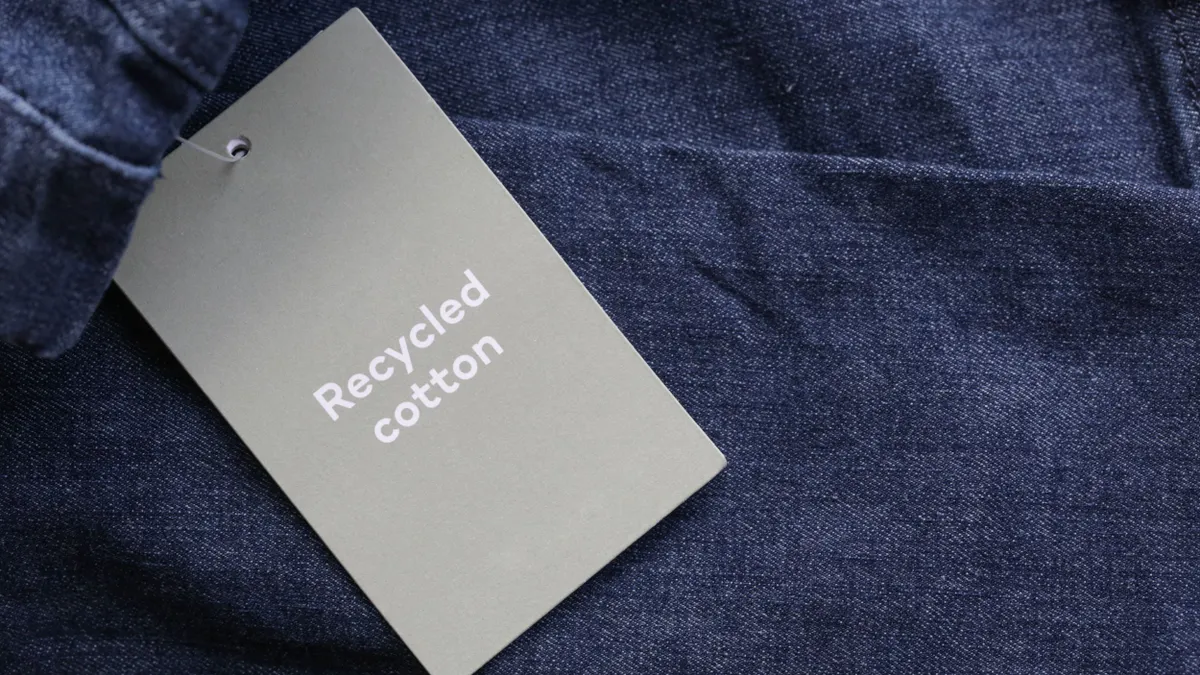It won’t be fast fashion giant H&M’s first day in court. In Commodore vs. HM Hennes Mauritz LP, filed in New York State in July 2022, the accusations were familiar: that H&M used “labeling, marketing, and advertising that is designed to mislead consumers about its products’ environmental attributes,” particularly with its “Conscious Choice” collection. The complaints were so familiar that in May 2023, H&M’s lawyer, in asking to dismiss the case, cited a Missouri judge’s decision to throw out an almost identical case against the company filed in November 2022.
It all boils down to language. The plaintiff in the Missouri case cited the Federal Trade Commission’s 2012 “Guides for the Use of Environmental Marketing Claims,” known as the “Green Guides,” particularly the statement that marketers “should not state or imply environmental benefits if the benefits are negligible.” The plaintiff also quoted the FTC’s indication that “marketers should not make unqualified general environmental benefit claims” and that “to avoid deception, marketers should use clear and prominent qualifying language that limits the claim to a specific benefit or benefits.” But the Missouri judge ruled that H&M had toed the line, stating in his decision, “H&M does not represent that its products are ‘sustainable’ or even ‘more sustainable’ than its competitors’. Rather, H&M states that its conscious choice garments contain ‘more sustainable materials’ and that the line includes ‘its most sustainable products.’”
“It’s hard to prove someone is greenwashing, and it may be easy to say you’re not when there is no objective standard.”

Hilary Jochmans
PoliticallyInFashion founder
The decision illustrates the current legal landscape around environmental claims.
“There is not a legally-binding definition of what greenwashing is at the federal or the state level,” said Hilary Jochmans, the owner of a government affairs consulting firm and the founder of PoliticallyInFashion, a Washington, D.C.-based platform for engaging fashion industry players in regulatory issues. “It’s hard to prove someone is greenwashing, and it may be easy to say you’re not when there is no objective standard.”
But the FTC rules may soon have tighter language, making it harder for advertisers to make unsubstantiated claims. In December 2022, the FTC announced that, for the first time in more than 10 years, it would be revising the Green Guides.
Creating green guardrails
“Since the FTC last updated the Green Guides in 2012, the scope of environmental claims has expanded and so too has the potential for deceptive advertising,” Lauren Carey, an attorney at the Missouri-based law firm Lewis Rice, wrote in an email to Fashion Dive. “The Green Guides do not currently address a number of ‘green’ claims that have become more prevalent in the fashion industry and beyond, including claims such as ‘sustainable,’ ‘organic,’ ‘ecofriendly,’ ‘carbon neutrality,’ and ‘upcycled.’”
The FTC has asked for feedback on terms often used in sustainability-related advertising or labeling, including “net zero” or “recyclable.” It also asks whether the Commission should “revisit” the term “sustainable” itself. In 2012, it “determined it lacked a basis to give specific guidance on how consumers interpret ‘sustainable’ claims.’”
Defining this ubiquitous term is crucial, said Jochmans. PoliticallyInFashion led a call to action in 2021 asking the FTC to update the guides. Without “guardrails” on the term “sustainable,” jaded consumers will stop buying sustainable products, she said.
“The more you see the term, but there’s nothing there to back it up, you start to think, well what does this really mean?” Jochmans said. “I’m paying a premium for this, I’m doing a lot of due diligence to buy something that’s sustainable, but there’s no ‘there’ there. Forget about it, I’m just going to buy what I want to buy, and the pendulum is going to swing back. I think we’re at that tipping point right now.”
When reached for comment, H&M said in an email to Fashion Dive, “H&M is dedicated to transparency and works hard to reduce the impact of fashion on the environment. We have taken the allegations very seriously and have looked into them thoroughly. We would like to emphasize, that our sustainability work has never been about “greenwashing” — this categorically goes against what we stand for.”
Europe takes action
In Europe, however, the same word choice has gotten H&M into trouble. In 2019, Norway’s Consumer Authority called out H&M in media interviews for its Conscious Collection and for sustainability claims in its annual report. In June 2022 it warned H&M in a letter that using the Higgs MSI, a sustainability score, “easily will be considered misleading” according to Norwegian law. In 2021, the Netherlands Authority for Consumers and Markets determined after an investigation that “H&M uses the sustainability claims ‘Conscious’ and ‘Conscious Choice,’ without explaining what these actually mean.”
To avoid sanctions, H&M committed in August 2022 to changing product descriptions and removing “Conscious” and “Conscious Choice” labels from its website, and promised to donate 500,000 euros, or about $529,217 at current exchange, to an environmental nonprofit.
But now the European Union is putting forward legislation to try to put an end to greenwashing. In 2020, a European Commission study found that 53% of 150 environmental claims it studied “provide vague, misleading or unfounded information about products’ environmental characteristics.” In March 2023, the European Parliament proposed the Green Claims Directive to ban such advertising along with agglomerate environmental impact scores, echoing the Norwegian Consumer Authority. If the law is passed, which could occur by the end of 2024, sanctions will vary by country, but “these will certainly not be negligible,” according to a white paper by consulting firm Quantis. The white paper estimated that fines in France could be 300,000 euros, 10% of the company’s annual revenue, or 50% of the cost of creating the ad in question.
A still-gray area includes broad statements a company might make about its ethos, said Gul Kaner, a fashion researcher at the University of Portsmouth, United Kingdom.
“For example, a brand might be sincere by saying that they have an aim to be 80% sustainable by 2025, but if the brand doesn’t provide any methodology or any plan to succeed at this goal they cannot convince consumers,” she said. “They have to be transparent about their goals, strategies, solutions.”
Not so gray are blatant falsehoods. Kaner cites H&M’s Let’s Close the Loop garment collection program, which states that it either resells, reuses, or recycles the second-hand clothing it collects. This summer, Swedish newspaper Aftonbladet revealed the destiny of seven lightly worn garments equipped with AirTags and deposited in recycling bins in H&M stores. Three disappeared in textile wastelands or overloaded second-hand markets in Benin, India, and South Africa; two went to Romania to be sold second-hand; and two, despite their good condition, were ground into fiber, a fate H&M says is reserved only for garments that aren’t wearable. All of this happened after the garments traveled thousands of carbon-emitting miles.
“It has to be obligatory.”

Gul Kaner
Fashion researcher at the University of Portsmouth, United Kingdom
A spokesperson for H&M said that the clothes arrived at resale and recycling companies that are “known and adequate partners.”
“We acknowledge that there are still industry-wide challenges including no developed global infrastructure to support collecting used textiles and a lack of scalable recycling solutions,” an H&M spokesperson said. “H&M Group is actively working on and investing in these areas.”
“This last news even broke my heart,” said Kaner, who had previously considered H&M’s sustainability efforts “respectable.”
“They have been making a huge [amount of] communication and marketing about this recycling project, but even that was a lie,” Kaner said.
Examples like this one prove that, left to themselves, companies will not make sustainability their biggest goal, she said.
“But it has to be their biggest aim,” Kaner said, adding that this can only be achieved by outside pressures. “It has to be obligatory.”
Companies like H&M are well aware of the upcoming legislation.
“We support the overarching goal of the Green Claims Directive legislative proposal,” the H&M spokesperson said. “We are investigating how Green Claims legislative proposal will impact the industry as a whole and are therefore engaging with policy makers, peers and other stakeholders to ensure the law implementation supports the goal.”
Waiting game
The EU may be ahead of the U.S. in terms of proposing specific anti-greenwashing legislation, but in the U.S., the FTC is aware of movements in Europe, said Carey. She pointed out that in the FTC’s request for comments, it asked whether “there are international laws, regulations, or standards with respect to environmental marketing claims the Commission should consider as it reviews the Guides” and whether they should be “modified to harmonize with these international laws.”
Even before the FTC updates its guides, the Green Claims Directive will affect U.S.-based companies, because it will apply to any marketing intended for European audiences, no matter where the company is based. That will “have a psychological impact” in the U.S., Jochmans said.
“This is such a global industry,” Jochmans said. “Just because you’re marketing something in France a certain way, it’s not like people in New York aren’t going to see it, and vice-versa.”
From December 2022 to April 2023, the FTC received more than 1,360 comments on the updates. The FTC declined to reveal their timeline, but Jochmans said revisions usually take years.
Regulations are needed to level the playing field between brands claiming to operate sustainably and those truly doing so, Jochmans said. The latter are “putting in the effort and time and resources to ‘do the right thing,’” she said.
“They want to make sure… somebody else who’s just sort of glossing over the issue [is] not reaping a benefit,” Jochmans said.


